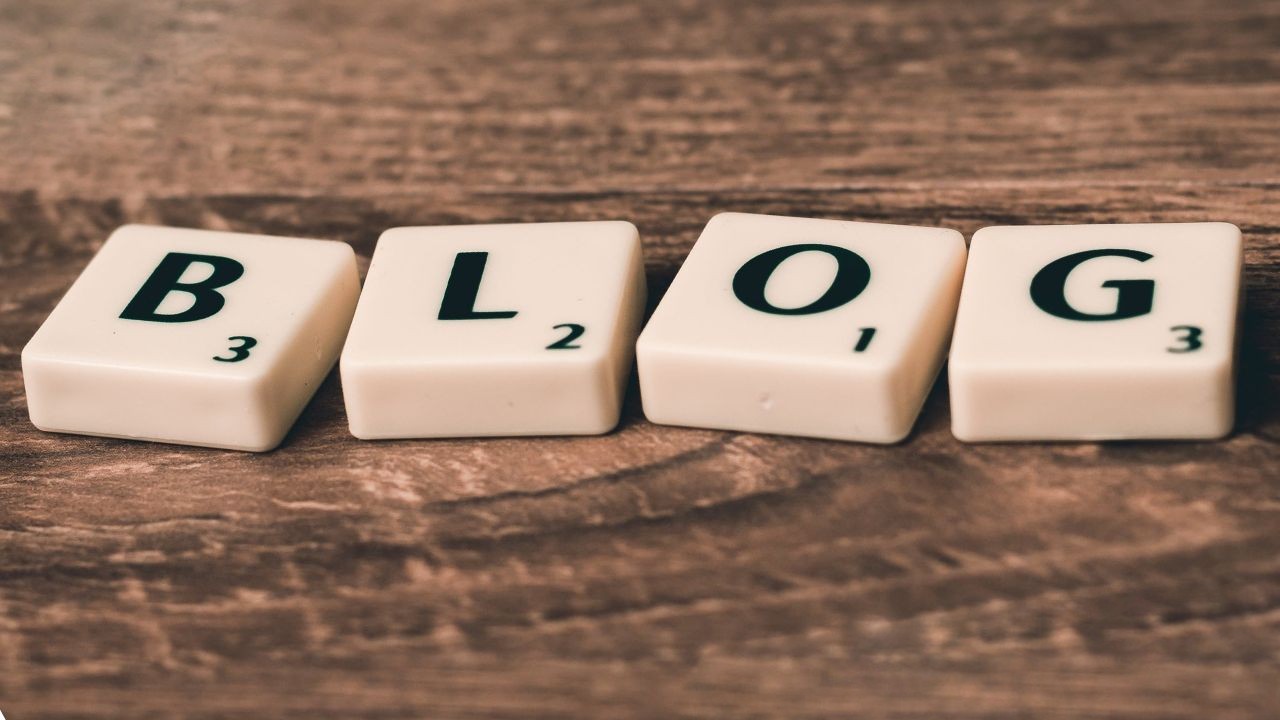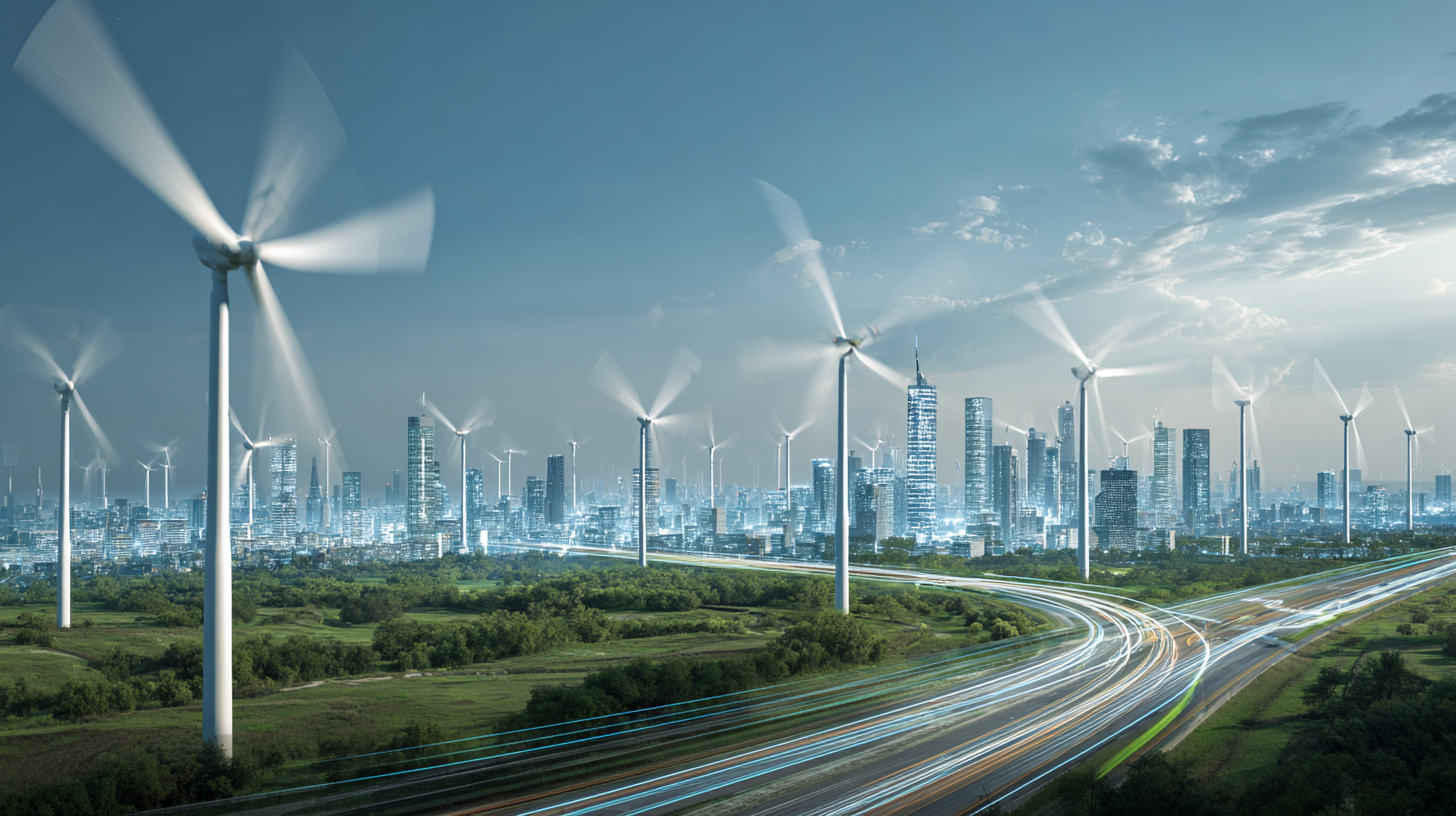
Blog
Future of Energy Solutions in 2025 Embracing Innovation for Sustainable Power
As we look forward to 2025, the energy sector is poised for transformative changes driven by innovative energy solutions that prioritize sustainability. According to a recent report by the International Energy Agency (IEA), global investments in renewable energy technologies are expected to exceed $1 trillion annually by 2025, reflecting a significant shift towards cleaner power sources. The World Energy Council also projects that renewable solutions could contribute to over 70% of global electricity generation by the same year. This shift is not merely a response to climate change but a necessary evolution to meet the growing energy demands of a rising global population.
 With technological advancements in energy storage and smart grid systems, the potential for efficient energy solutions has never been greater. As we explore the landscape of energy solutions in this blog, we will delve into industry trends, market analysis, and actionable strategies to embrace this innovative future for sustainable power.
With technological advancements in energy storage and smart grid systems, the potential for efficient energy solutions has never been greater. As we explore the landscape of energy solutions in this blog, we will delve into industry trends, market analysis, and actionable strategies to embrace this innovative future for sustainable power.
Innovative Technologies Shaping the 2025 Energy Landscape
The energy landscape of 2025 is set to be profoundly influenced by innovative technologies that drive sustainable power solutions. As discussions emerge around a new round of energy technology revolutions, experts highlight that significant developments in energy tech are necessary to maintain competitive advantage globally. Embracing advancements such as digital technologies, artificial intelligence, and smart algorithms will form the backbone of the sector's evolution, allowing for more efficient energy management and distribution.
Additionally, collaboration across the entire energy production chain is crucial for achieving ambitious carbon neutrality goals. The shift from isolated innovations to integrative approaches will pave the way for systemic changes that promote sustainable practices. Initiatives like the recent coal-power upgrade actions underscore the commitment to transition toward greener energy sources. This multi-faceted strategy not only aims to reduce emissions but also strives to optimize the economic viability of energy production, driving value across the industry. As these innovative technologies reshape the energy landscape, they promise a future where sustainable power is not just a goal but a reality.

Key Renewable Energy Sources to Explore for Sustainable Power
As we look towards 2025, the embrace of innovative renewable energy solutions is more critical than ever for achieving sustainable power. With global energy demands increasing, it’s essential to explore the key renewable energy sources that can fuel a cleaner, greener future. According to the International Renewable Energy Agency (IRENA), renewable energy accounted for approximately 29% of global electricity generation in 2020, a figure expected to rise significantly as investment in solar, wind, and other renewables continues to grow. This shift not only addresses climate change but also fosters economic growth.

Solar energy is projected to play a pivotal role in the energy landscape of 2025. A report by Wood Mackenzie indicates that the global solar market could reach 1,505 GW of installed capacity by 2025, driven by advances in technology and reductions in costs. Meanwhile, wind energy is not far behind; the Global Wind Energy Council (GWEC) forecasts that the total installed wind capacity will surpass 1,200 GW, further solidifying its place as a cornerstone of renewable energy strategies worldwide. Embracing these renewable sources not only helps mitigate environmental impacts but also promotes energy independence, creating a more resilient power grid for the future.
Essential Policy Changes Driving Energy Solutions Forward
As we stride towards 2025, the energy sector stands on the brink of a transformative era, propelled by essential policy changes aimed at fostering sustainable power solutions. Governments worldwide are recognizing the pressing need to combat climate change and invest in clean energy technologies. Policies that promote renewable energy incentives, carbon pricing, and stringent emissions regulations are paving the way for innovative energy solutions. These shifts not only stimulate market growth but also encourage businesses to adopt greener practices, enhancing their competitiveness in a rapidly evolving landscape.
In addition to governmental initiatives, collaborative efforts between the public and private sectors are crucial in driving energy solutions forward. Investment in research and development is being prioritized, resulting in breakthroughs in energy storage, smart grids, and alternative fuels. Such advancements are essential for optimizing energy efficiency and integrating diverse energy sources into a cohesive system. Furthermore, supportive policies are nurturing startups and innovators in the renewable sector, ensuring a continuous influx of fresh ideas and technologies that align with global sustainability goals.
Evaluating the Role of AI and IoT in Future Energy Systems
As we look towards 2025, the integration of Artificial Intelligence (AI) and the Internet of Things (IoT) in energy systems promises a revolutionary advancement in sustainable power management. According to a report by Markets and Markets, the global AI in the energy sector is projected to grow from $5.1 billion in 2020 to $26.2 billion by 2025, representing a compound annual growth rate (CAGR) of 39.7%. This growth can be attributed to AI’s capability to optimize energy consumption, predict demand patterns, and enhance grid management, thus leading to more efficient and reliable energy systems.
The role of IoT in future energy solutions cannot be understated. A report by ResearchAndMarkets indicates that the IoT in the energy market is expected to reach $38.82 billion by 2025, driven by the increasing need for real-time data analytics and monitoring. IoT devices facilitate the seamless connectivity of various components of the energy supply chain, allowing for smarter grids that can handle the integration of renewable energy sources. With the data collected from IoT devices, energy companies can enhance their operational efficiency, reduce waste, and provide consumers with more control over their energy usage, thus fostering a culture of sustainability in energy consumption.
Building a Community Approach to Renewable Energy Adoption
As we move towards 2025, the role of community in renewable energy adoption becomes increasingly important. A communal approach not only fosters collaboration but also pools resources, making sustainable power more accessible for everyone. When individuals and families come together, they can share the costs and benefits of renewable energy projects like solar panels or wind turbines. This collaborative spirit encourages local investment and increases overall capacity, paving the way for a greener future.
Tip: To kickstart a community energy initiative, start by organizing information sessions. Gather neighbors to discuss the benefits of renewable energy and explore potential projects. Sharing knowledge can inspire others to participate and contribute their ideas and resources.
Creating partnerships with local businesses can further enhance community efforts. Businesses can provide support in the form of funding, expertise, or materials, while also raising their profile through social responsibility initiatives. This symbiotic relationship strengthens community ties and promotes a shared vision for a sustainable future.
Tip: Encourage local businesses to sponsor renewable energy projects or to offer incentives for residents who adopt green technologies. This not only benefits the environment but also fosters a sense of community ownership in the transition to sustainable power.